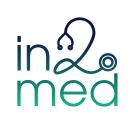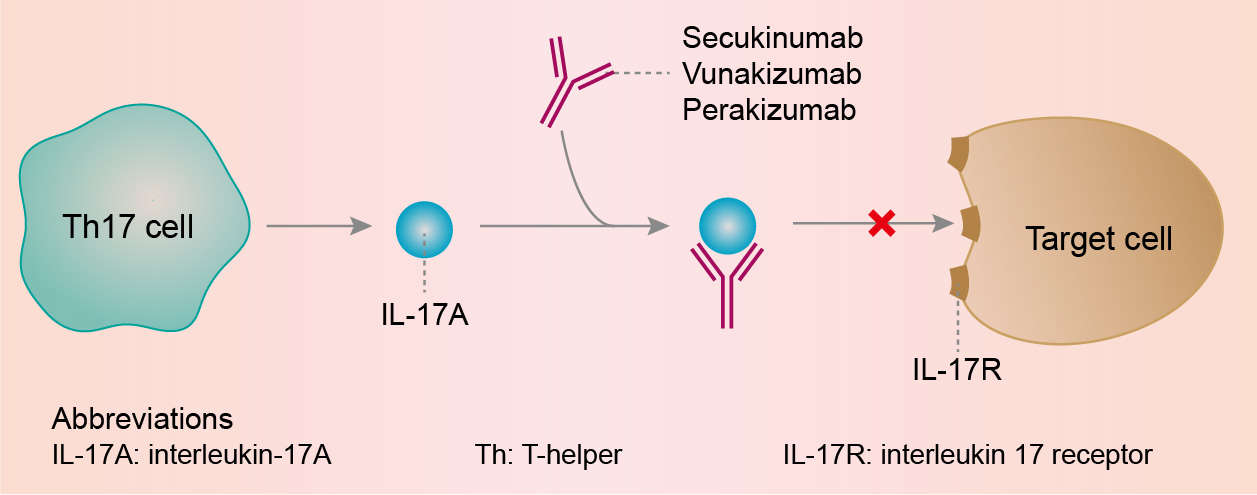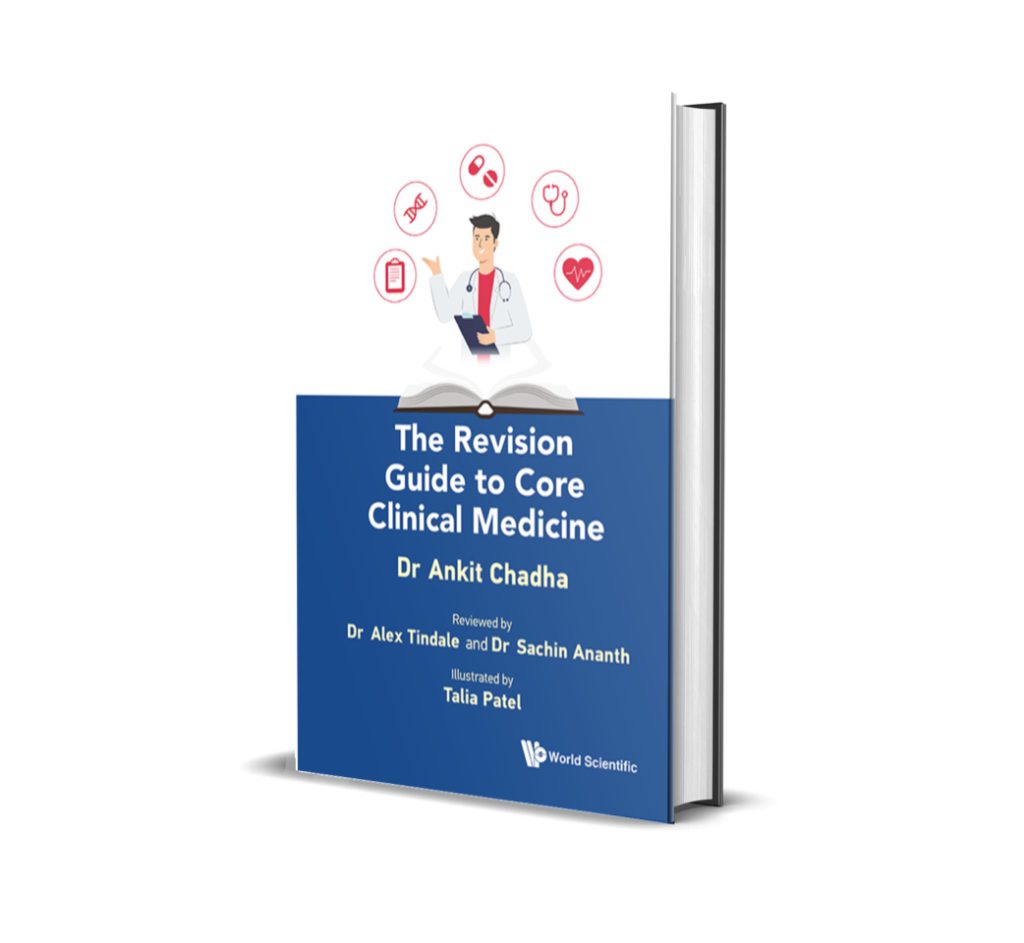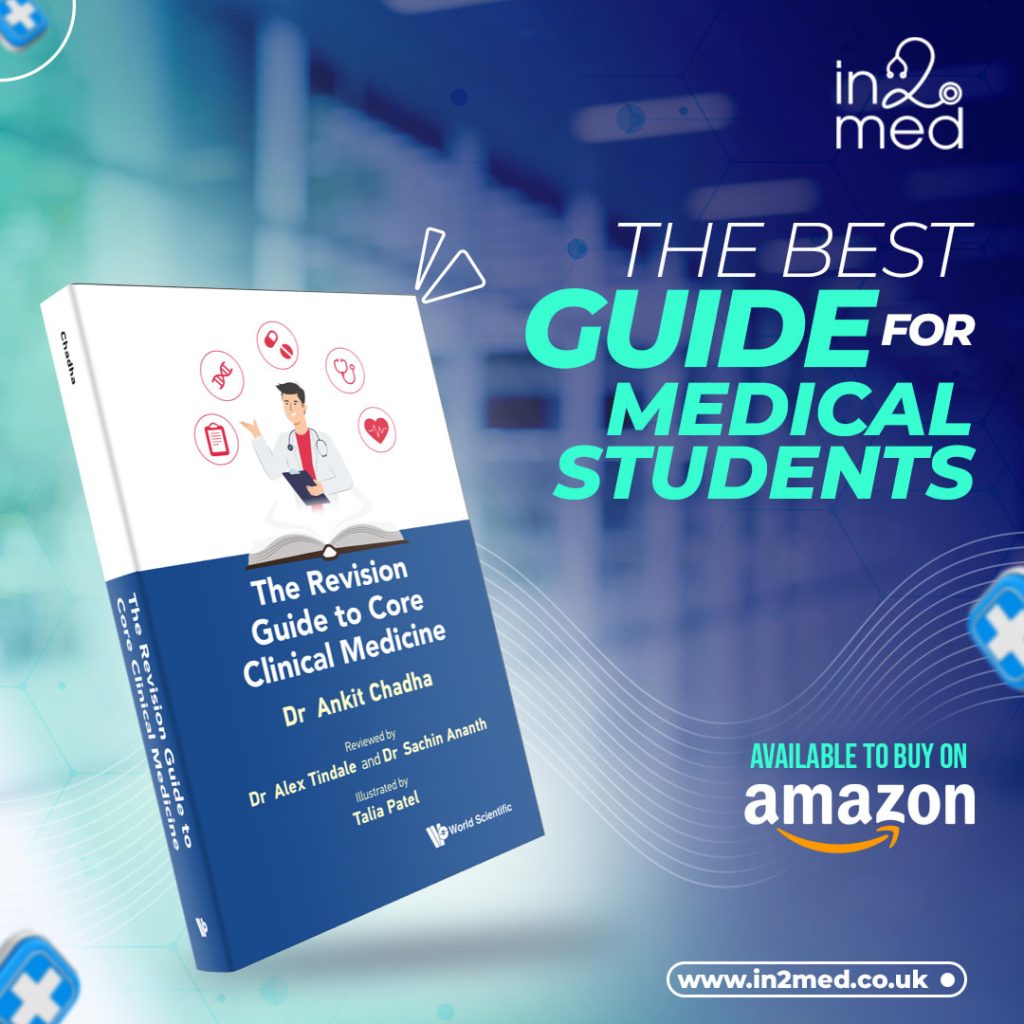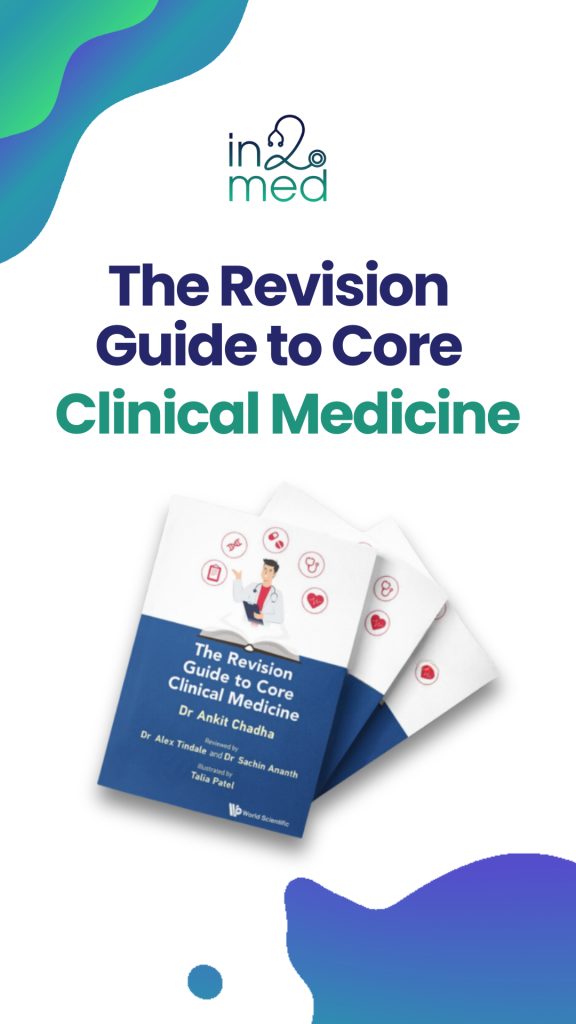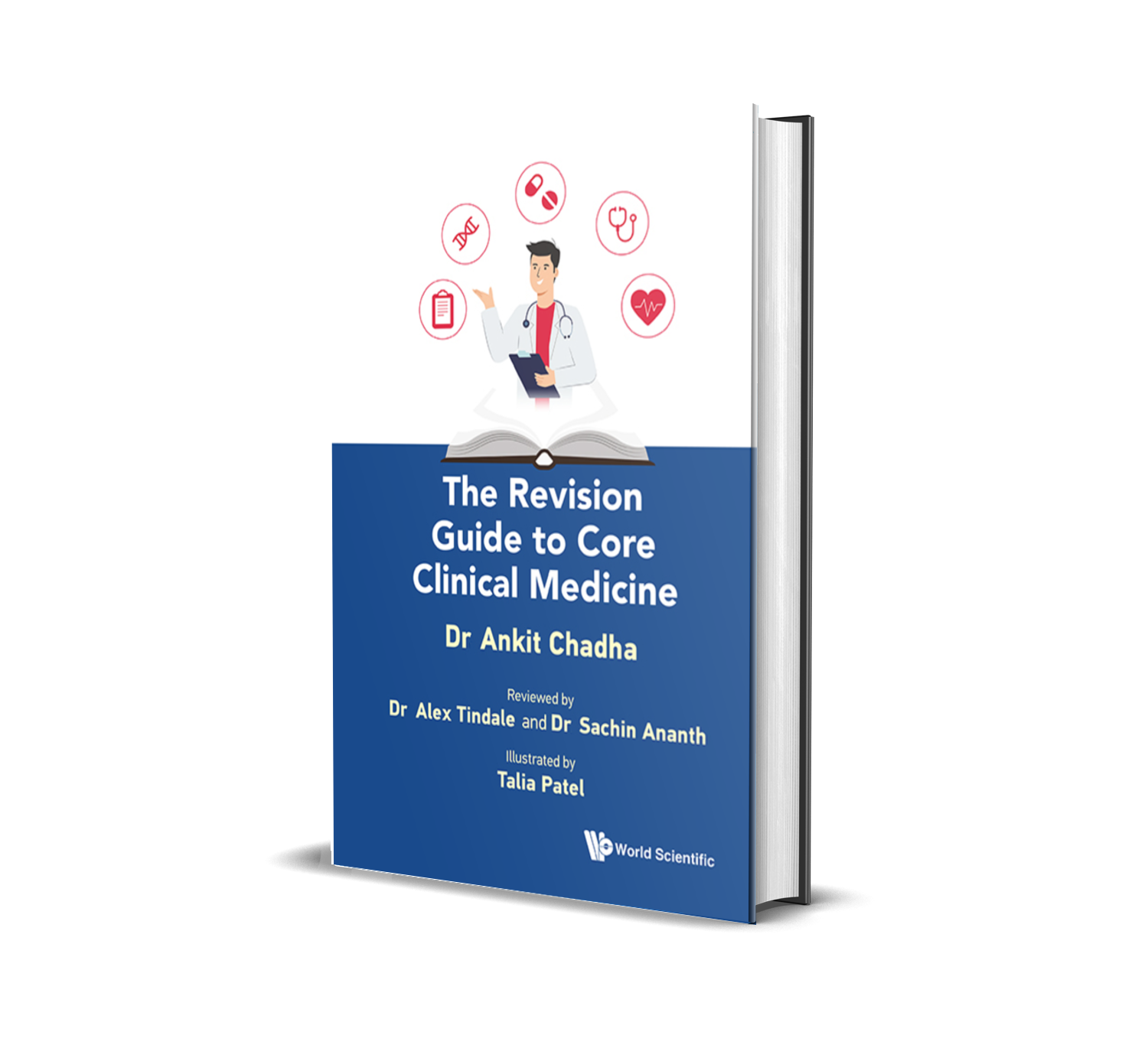Medical Ethics Summary
Dear Friend,
Hope you are having a nice week. For those of you who have bought my book, thank you very much. It’s been amazing to read the nice reviews and I am glad so many of you are finding it useful. If you haven’t had a chance to check it out yet, it is available on Amazon by clicking here.
Although learning clinical medicine is very important to passing exams, another component of medical school exams is medical ethics. As you progress through medical school, you will find that this becomes even more important. You knowledge of medical ethics and ability to apply these to scenarios is tested several times in medical school and after you graduate.
That’s why, this week, I wanted to give you a basic summary of the 4 main principles of medical ethics.

The Four Pillars of Medical Ethics
The principles of medical ethics are foundational guidelines that help medical professionals provide the best possible care while respecting patient autonomy and societal norms. These principles are autonomy, beneficence, non-maleficence, and justice.
Autonomy
Autonomy is the right of patients to make informed decisions about their own healthcare. This principle requires that patients have the freedom to choose their treatments without coercion. For autonomy to be respected, healthcare providers must ensure that patients are fully informed about their options, including the risks and benefits of each choice. This fosters an environment of trust and supports patient empowerment in the decision-making process.
Beneficence
Beneficence involves acting in the best interest of the patient. Healthcare providers have a duty to provide care that benefits the patient, promoting their well-being and taking proactive steps to prevent harm. This principle is at the heart of medical practice, guiding actions to ensure positive outcomes for patients. Beneficence also includes the obligation to continually improve one’s skills and knowledge to provide the highest standard of care.
Non-Maleficence
Non-maleficence is the commitment to “do no harm.” This principle requires that healthcare providers avoid causing harm to patients. It includes the careful consideration of potential negative outcomes and minimizing risks associated with medical interventions. Non-maleficence is a constant duty, emphasizing the importance of preventing harm whenever possible and balancing risks with potential benefits.
Justice
Justice in medical ethics refers to fairness in the distribution of healthcare resources and the treatment of patients. It requires that all patients receive equal access to care and that resources are allocated based on need, effort, and merit. Justice also involves addressing inequalities and ensuring that healthcare policies and practices do not unfairly disadvantage any group. This principle is crucial for maintaining trust in the healthcare system and promoting equitable treatment for all.
Summary
Understanding and applying the principles of medical ethics is essential for medical students and healthcare professionals. These principles—autonomy, beneficence, non-maleficence, and justice—serve as a moral compass in clinical practice, ensuring that patient care is conducted with respect, compassion, and fairness. By adhering to these ethical guidelines, medical practitioners can navigate the complexities of healthcare, make informed decisions, and uphold the integrity of the medical profession.
Hope you found that useful.
See you next week!
Drug of the week
Secukinumab
This is a monoclonal antibody which inhibits IL-17A which is produced mainly by inflammatory T helper 17 cells.
IL17A is upregulated in serum of people with psoriasis and in the synovial fluid of people with psoriatic arthritis, and promotes inflammation when it binds to the IL-17 receptor which is expressed in various types of cells, including keratinocytes in skin.
It is used in the treatment of psoriasis, psoriatic arthritis and ankylosing spondylitis.
A Brain Teaser
A 55-year-old woman presented to her general practice with hearing loss and tinnitus for the past 3 weeks. She has also noticed several episodes of vertigo. This was associated with nausea in the past few days and several episodes of vomiting this week. She has not noticed any discharge from her ears and denied having otalgia. On examination, there is no erythema or swelling of her ears and no tenderness on palpation. Rinne tests are positive in both ears (air conduction > bone conduction). On Weber test, the sound lateralized to her right ear.
What type of hearing loss does she have?
A: Left sided conductive hearing loss
B: Left sided combined conductive and sensorineural hearing loss
C: Right sided conductive hearing loss
D: Right sided sensorineural hearing loss
E: Left sided sensorineural hearing loss
Answers
The answer is E – Left sided sensorineural hearing loss
Left-sided sensorineural hearing loss is the correct answer. Rinne and Weber’s tests are being performed to evaluate hearing loss. Rinne serves as a quick screen for conductive hearing loss whereas the Weber test is used to screen for unilateral sensorineural or conductive hearing loss. In this scenario, Rinne tests are positive on both ear, implies that air conduction (AC) > bone conduction (BC) which is normal. On the Weber test, the sound lateralized to her right ear, which implies an abnormal test result. This could be either right-sided conductive hearing loss or left-sided sensorineural hearing loss. Given that the Rinne test is positive bilaterally (which means there is no conductive hearing loss), we can conclude that she has left-sided sensorineural hearing loss. In addition to the history given, it is likely to be Meniere’s disease which will present with unilateral sensorineural hearing loss, tinnitus, vertigo, nauseous and vomiting.
Left-sided conductive hearing loss is indicated by a negative Rinne test (BC>AC) to the left ear and the sound lateralizing to the left ear on the Weber test, which is not seen in this scenario.
Left-sided combined sensorineural and conductive hearing loss is indicated by a negative Rinne test (BC>AC) to the left ear, a positive Rinne test (AC>BC) to the right ear and the sound lateralizing to the right ear on Weber test, which is not seen in the scenario.
Right-sided sensorineural hearing loss is indicated by positive Rinne test (AC>BC) bilaterally and the sound lateralizing to the left ear on Weber test, which is not seen in this scenario.
Right-sided conductive hearing loss is indicated by a negative Rinne test (BC>AC) to the right ear and the sound lateralizing to the right ear on the Weber test, which is not seen in this scenario.
